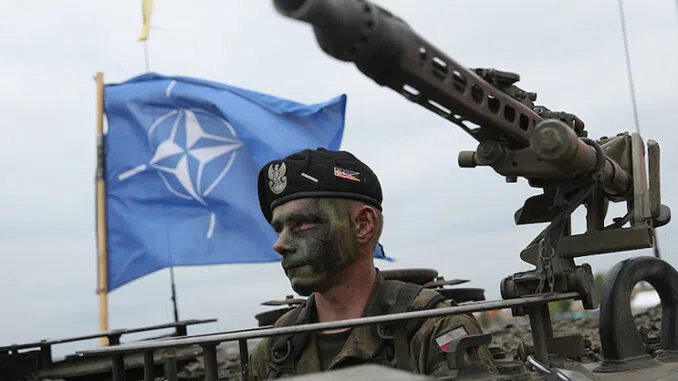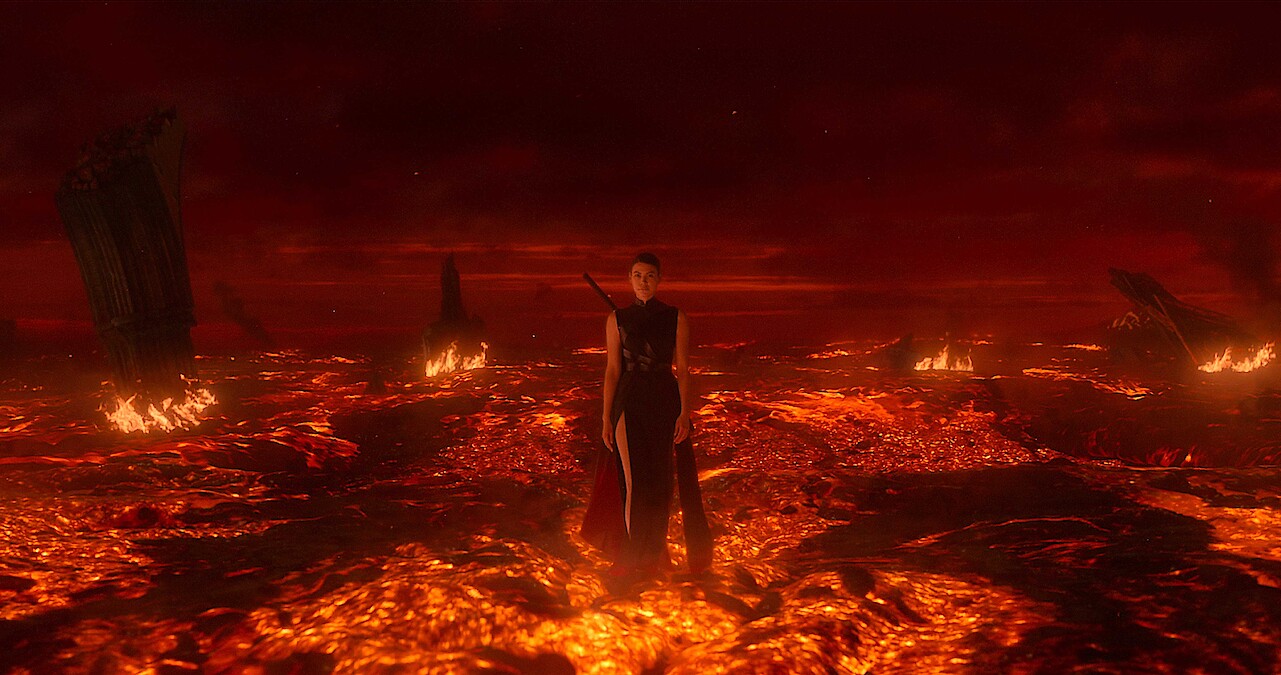NATO’s grand plan is to play an epic game of “Military Tag” on Russia’s border. With over 40,000 troops, a host of air combat missions, and more ships than you can count, they’re going all out. But don’t worry; it’s all in good fun, right? Russia, on the other hand, must be brainstorming its own colossal game to respond. Who knows, maybe they’ll organize a ‘Borscht and Bear Parade’ in return. More on this below. Keep Reading.
In the midst of escalating tensions between Moscow and the Western world, NATO has recently announced a series of military exercises that are set to take place on Russia’s border in early 2024. These exercises, known as Steadfast Defender 24, are poised to be the largest military maneuvers conducted by NATO since the end of the Cold War. As the world watches with bated breath, it is imperative to delve into the details of this significant development and understand the implications it holds for global security.
A Glimpse into Steadfast Defender 24
The Financial Times (FT) recently reported on NATO’s preparations for the Steadfast Defender 24 military drills, shedding light on the magnitude of these upcoming exercises. In a time when the war in Ukraine continues to evolve unpredictably, with neither Russia nor the West displaying any inclination to back down, the FT warns that “NATO is preparing its biggest live joint command exercise since the Cold War next year, assembling more than 40,000 troops to practice how the alliance would attempt to repel Russian aggression against one of its members.”
Simulating a Hypothetical Scenario
Much like the ongoing ‘Northern Coasts’ war games currently underway in Baltic waters, Steadfast Defender 24 is designed to simulate how NATO would respond in the event of a hypothetical Russian invasion. NATO officials have been quoted in the FT as stating that these planned exercises are a crucial component of “demonstrating to Moscow that the alliance is prepared to fight.”
Scheduled to run in February and March, Steadfast Defender 24 is likely to be viewed as a provocation by Moscow, given that it will unfold in various locations across Germany, Poland, and the Baltic states – the latter being in close proximity to Russia. According to the FT’s report detailing the upcoming colossal war game:
“It will start in spring next year and is expected to involve between 500 and 700 air combat missions, more than 50 ships, and about 41,000 troops, NATO officials said.”
“It is designed to model potential maneuvers against an enemy modeled on a coalition led by Russia, named Occasus for the purposes of the drill.”
The Significance of the Baltic Sea Coastline
The Baltic Sea coastline, where NATO has been increasingly flexing its military might through a series of exercises, holds immense strategic importance for Russia. This region is home to Russia’s Kaliningrad exclave, strategically situated between two NATO member states, Poland and Lithuania. Last year’s Defender drills had already been the largest of their kind up to that point, and they continue to expand each year.
A report by Politico in July highlighted the growing influence of NATO in the Baltic Sea, a vital maritime gateway for the Russian fleet with bases near St. Petersburg and in the heavily militarized Kaliningrad exclave. During the Cold War era, only Denmark and Germany, located at the far western edge of the Baltic, were part of the NATO alliance. However, Poland’s accession to NATO in 1999 and the incorporation of the three Baltic republics in 2004 brought most of the sea’s southern shore under alliance control.
Who would be free to roam around the "NATO Lake" without suspicion? #Nordstream
The Baltic Sea Became a Nato Lake https://t.co/llOiEApK0X
— Gilda Mundson (@GildaMundson) September 28, 2022
Russian Response and the Black Sea
In response to NATO’s military exercises in the Baltic Sea, Russia has at times conducted large-scale drills in the Black Sea region. However, the situation in the western Black Sea is currently volatile, as Russian warships are launching missiles against Ukraine from this area.
As tensions continue to rise between NATO and Russia, the world watches closely, hoping for a peaceful resolution to the ongoing conflict in Ukraine and the avoidance of further escalation. The Steadfast Defender 24 military exercises, with their colossal scale and strategic significance, underscore the delicate balance of power in the region and the complex dynamics at play in the realm of global security.
In conclusion, the announcement of Steadfast Defender 24 serves as a stark reminder of the enduring geopolitical tensions between NATO and Russia. These exercises, the largest since the Cold War, demonstrate the alliance’s commitment to maintaining regional stability and preparedness. As the world awaits the outcome of these maneuvers, the need for diplomacy and dialogue remains paramount to mitigate the risks of conflict and promote lasting peace in the region.










